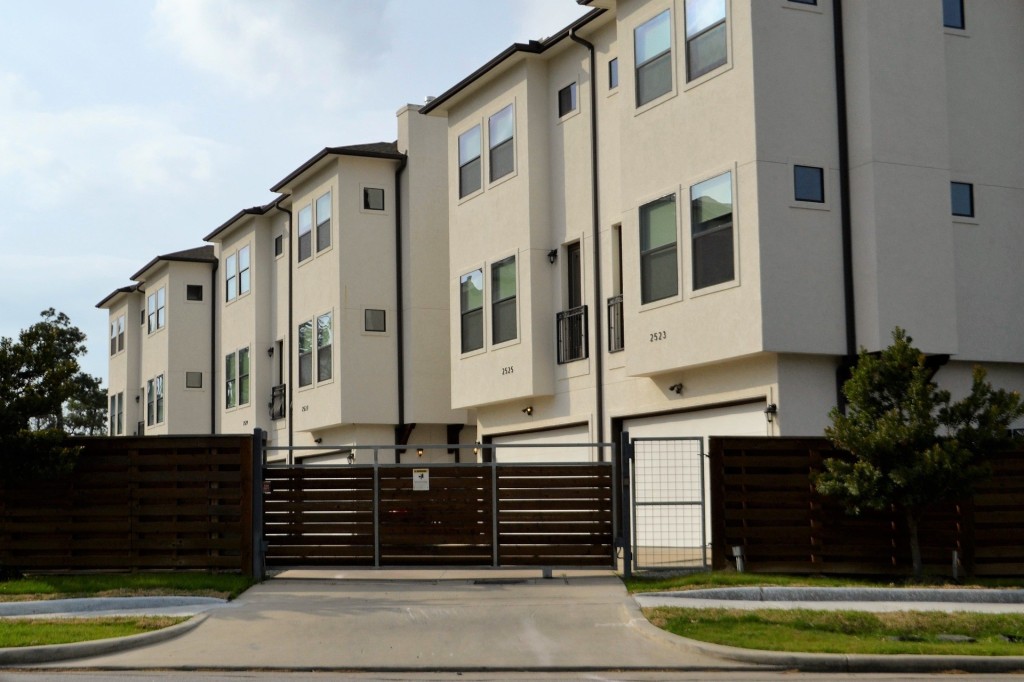T. Keith Gurnee has been an urban planner for four decades, working in California communities up and down the coast.
Originally from Atherton, Gurnee originally wanted to be an architect when he started college at Cal Poly in the 1960s. He quickly felt he could have a greater impact on a community by becoming an urban planner. His projects helped re-design the waterfronts of Pismo Beach, Morro Bay and Avila Beach.
Now, in semi-retirement, he’s become a board member of Livable California, a statewide grassroots, slow-growth movement fighting for California cities continued control over local local control over development decisions. Gurnee writes position papers and lobbies lawmakers to protect the rights of cities local control over development in the midst of the housing crisis.
To pro-growth and housing advocacy groups, Livable California is the embodiment of statewide NIMBY-ism. For Gurnee, the fight is over the self-determination of cities.
This interview has been lightly edited for clarity and length.
Q: How did you get involved with Livable California?
A: The state started talking about taking over zoning and imposing a top-down, one size fits all to planning for future growth in every city in California. I really felt that was a huge overreach, and very deleterious to the diversity of communities in California to try to impose one size fits all on cities that are very different from each other.
That really concerned me. I was invited to the (four-member) board in May 2018. I do a lot of the writing of letters and expressing concerns about state legislation and what the unintended consequences could be.
Q: What are your concerns about the unintended consequences of the state taking a more active role in zoning decisions?
A: The state is totally unprepared to accommodate the level of growth that they’re talking about. We live in a drought stricken state.
We recently got out of a 5 year drought about a year or two ago. The state has never completed the state water project to be able to have the infrastructure necessary to support that kind of growth. To go ahead and blindly say we need 3.5 million new houses — which is absolutely wrong.
The state’s just not prepared. Neither are the cities. Targeting single-family neighborhoods for high density development, when they were designed and developed with infrastructure to support low density — the local infrastructure won’t be able to support that.
The water, sewer, traffic — there’s far better places to be putting higher density development than in the middle of single family homes.
Q: What housing measures concerned you this year in Sacramento?
A: Sacramento has approved, in the last 3 years, 64 housing bills, none of which address the real problem — the lack of affordability. They’re all geared for producing high end market rate housing, and not addressing the need to find a way of giving people who are of less means to be part of the American Dream of owning a home in a safe neighborhood.
The problem is, it requires money. The state’s partly to blame for this crisis and they’re trying to blame to local governments. They’re taking away the self-determination of local governments, which is a fundamental concern for me having been a member of local government.
Q: How do you think the pandemic should change the state’s approach to housing?
A: California had been growing ever since World War II, almost exponentially. All the sudden, there’s an exodus from California. It’s more than just covid. It’s high taxes. It’s high regulation.
Q: For all the high taxes, high regulation and high housing costs, it has one of the best economies in the world.
A: It comes at a price.
Keith Gurnee
Age: 73
Position: Livable California board member
Employment: Retired urban designer and planner at RRM Design Group in San Luis Obispo. Former planner for Humbolt County and the City of Morro Bay.
Education: Cal Poly State University, BS in City and Regional Planning
Home: San Luis Obispo
Family: Wife, two children and four grandchildren.
FIVE THINGS
1. Gurnee grew up in Atherton, and graduated from Menlo Atherton High School. Among his classmate — Grateful Dead lead singer Bob Weir, and Fleetwood Mac stars Lindsay Buckingham and Stevie Nicks.
2. His parents built their Atherton home for $50,000. They lived in it for decades, and sold it in the 80s for $4 million.
3. Gurnee was still a student at Cal Poly when he was elected to the San Luis Obispo City Council at the age of 24.
4. He led the planning and design of the waterfronts at Morro Bay, Pismo Beach and Avila Beach.
5. He and his wife celebrated their 50th wedding anniversary in September, but covid interfered with their plans. They had invited about 20 friends to witness them renew their vows on the Pismo Pier — which Gurnee designed.










